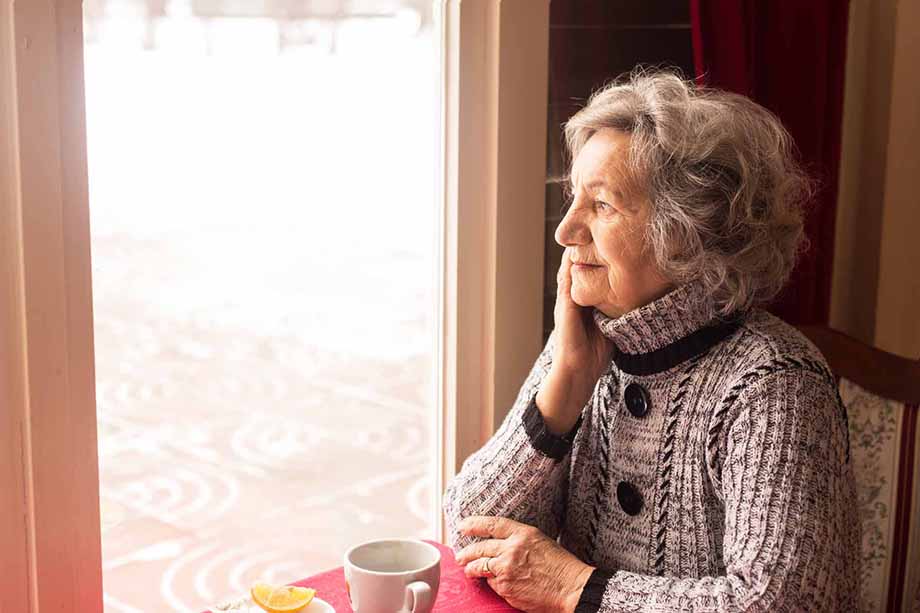
According to Rita*, her mother, June, was “pretty unfortunate” to be diagnosed with breast cancer at the age of 94.
However, June’s tumour grew rapidly and she did in fact die from breast cancer. As Rita recounts, this was not the first – or last – time that June would surprise those around her in relation to end-of-life matters.
“About five years earlier, mum suffered a pulmonary embolism and was extremely unwell. In the hospital emergency department, a doctor asked about resuscitation and we were floored by her response. Based on previous conversations, we assumed she wouldn’t want medical intervention, but my niece was about to have a baby and mum wanted to see her new great-grandchild.”
For Rita, this experience was an important lesson for the family, and also prompted June to think more closely about the possibility of future medical intervention. “When mum was diagnosed with breast cancer, she was able to reflect on her previous ‘near-death experience’ and recognised that this illness probably would end her life.”
Initially, June didn’t want to talk with doctors about the cancer diagnosis, which Rita puts down to her mother’s reluctance to undergo invasive treatments, such as chemotherapy or a mastectomy. Eventually though, June consulted her general practitioner (GP) and an oncologist. June’s GP encouraged her to document her preferences for future medical intervention and provided her with advance care planning forms to guide this process.
Rita and June completed the advance care directive together in a single afternoon. Looking back on the process, Rita says: “I don’t know if ‘nice’ is the right word to describe the experience, but it certainly felt important – to be clear about what mum wanted, rather than what we thought she wanted.”
In addition to outlining June’s preference to forgo medical intervention, Rita says they also documented a number of other points that were important to her mother. “She didn’t want to be in pain or left alone. And she was fine about dying at home or in hospital, but she didn’t want to be in a nursing home at the end.”
Fortunately, Rita and her family had the means to ensure June could continue living in a retirement village after her diagnosis, and they added extra support for everyday tasks, as needed. Under these living arrangements, June received regular visits from her GP and continued to discuss her treatment options with Rita on a case-by-case basis.
For example, Rita says: “Mum agreed to a biopsy because there was a chance that slowing tumour growth might make her more comfortable. But she wasn’t interested in radiotherapy. It would have meant lying alone on a little bed for 20 minutes, and there was a risk that her lung function would deteriorate further.”
On the advice of her oncologist, June continued living at the retirement village until she was no longer able to manage comfortably on her own. Once this occurred, June was admitted to hospital where she had one final surprise in store for her family.
“Mum was in hospital for 10 days and everyone thought she was going to pass away there. We told family members to come in over the weekend to say goodbye. Then she got her ‘second wind’. By Monday morning, she was sitting up in bed reading the newspaper, so we ended up finding a bed for her at a hospice.”
June spent her final four days at the hospice, where Rita describes the standard of care as “fantastic”, even allowing family to stay overnight and sleep in June’s room. June was able to communicate with her medical team right up until the last 24 hours before she died, and for Rita, this was the best possible outcome in many ways.
And while this meant that Rita never had to make any final medical decisions on behalf of her mother – or refer medical staff to the advance care directive – she could be certain that June had died a dignified death. In accordance with her wishes, June was pain-free and surrounded by family.
* Names and personal details have been changed for privacy reasons.